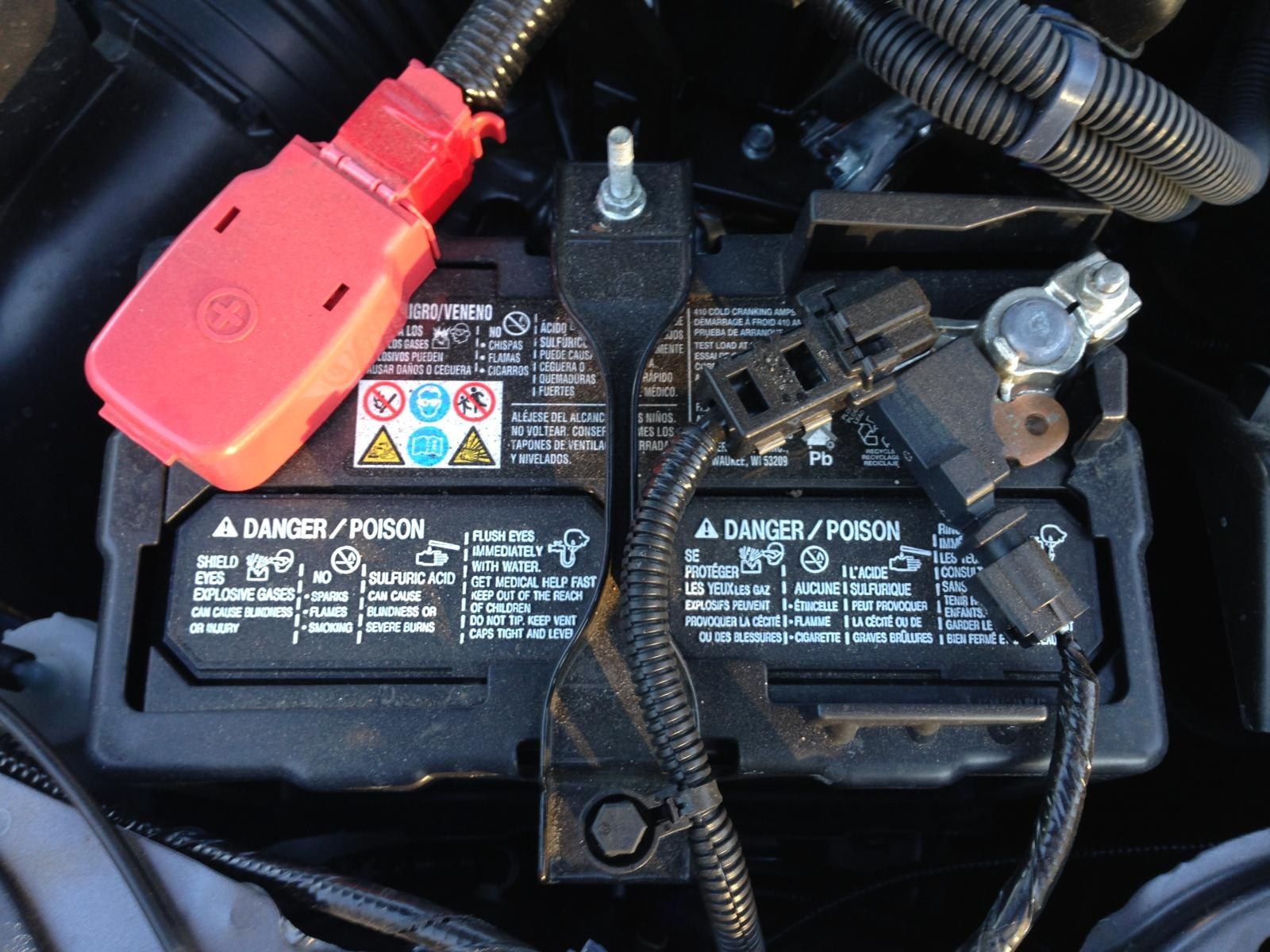Every time you start your Civic, you count on its battery to power it up. Yet like all consumables, it doesn’t last forever. Understanding your 2015 Honda Civic battery is key to taking care of it and your vehicle. Most car batteries last between three and five years. But your driving patterns, personal habits and even climate can impact a battery’s lifespan.
So what drains a battery faster than usual? Believe it or not, multiple short trips deplete it much quicker. That’s because your battery recharges while driving, and short trips use up power without enough time to replenish it. Extreme hot and cold weather also affects battery life. Heat can increase chemical activity, while frigid temperatures make it more difficult to start your vehicle. Other habits can also zap its power – forgetting to turn off headlights, using too many electrical accessories and so forth.
How To Change the Battery on Your Honda Civic
Regularly checking your Honda’s battery can help you monitor its health. When you’re ready to swap it for a newer one, it’s important to observe proper procedures and safety precautions. After all, you’re handling a part that contains caustic chemicals and conducts electrical current.
Before you start, your vehicle should be parked with the engine off and hood open. Make sure that you’re wearing protective gloves and follow these steps to replace your battery:
- Identify your battery’s terminals. The positive terminal is usually red, while the negative post is black.
- Detach the negative cable first. This prevents damage or serious injury from a powerful electric current.
- Next, detach the positive cable on your old battery.
- Remove any clamps securing the battery case and carefully lift it out of your vehicle.
- Clean any debris from the battery tray and connecting wires.
- Place the new battery inside the tray.
- Connect the positive terminal first, then the negative.
What the Best Car Batteries Are for 2021
You now know how to swap out your Honda Civic battery, so your next step is shopping for a replacement. While there are many kinds available, you’ll usually find two different categories: lead-acid and absorbent glass mat. Lead-acid batteries generate power through chemical reactions, but absorbent glass mat versions use a glass mat separator that absorbs electrolyte solution between a set of battery plates. Since the electrolyte solution isn’t in liquid form, there’s no need to worry about spillage. However, AGM batteries usually price out more than their lead-acid cousins.
With hundreds of options on the market, how do you select the best car batteries? Again, your driving patterns, personal habits and climate come into play. For basic commuter driving, for instance, a standard Duralast battery is a great option. If you have above-average power demands, you need a more powerful battery – like a Duralast Gold, for instance. Colder climates and heavier-duty driving call for more resilient models. That’s where AGMs can deliver superb performance – they’re vibration-resistant, contain no liquid and can be mounted in almost any position. But no matter what type of battery you wish to buy, make sure you choose a reputable auto parts retailer.










